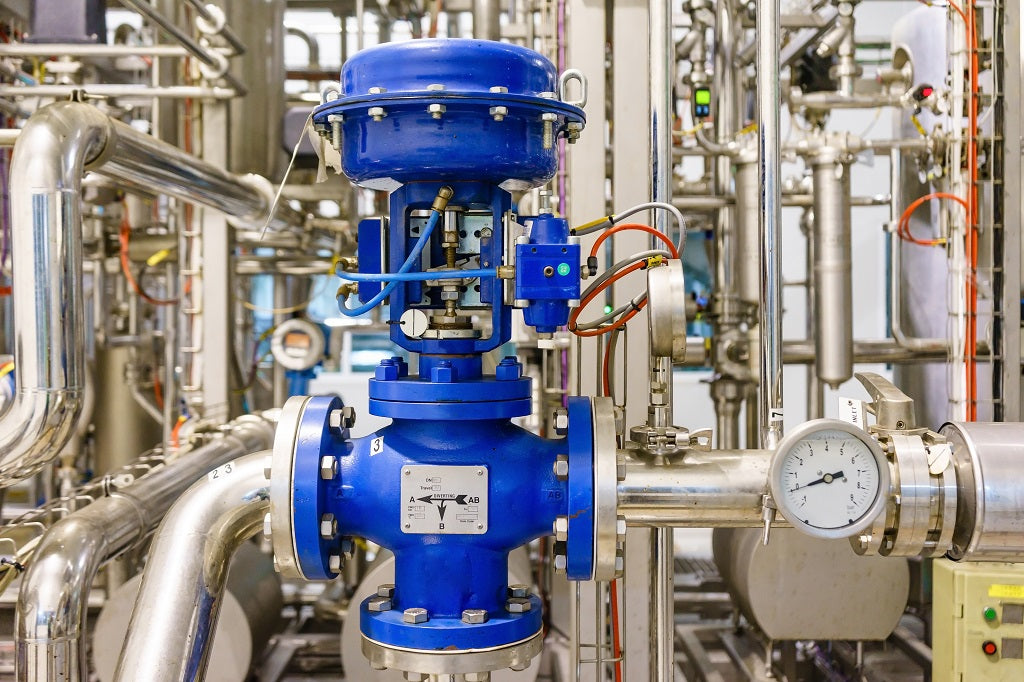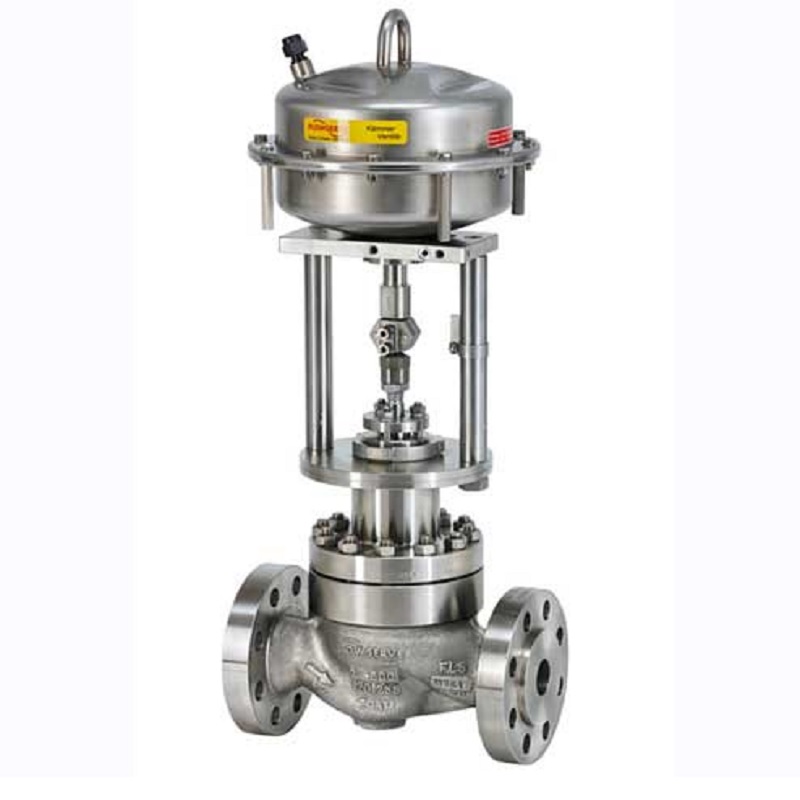Enhancing Functional Efficiency with Advanced Control Valves
Enhancing Functional Efficiency with Advanced Control Valves
Blog Article

Maximize Power Financial Savings and Comfort With Advanced Building Automation Controls
In the world of contemporary design and facility administration, the integration of advanced structure automation regulates stands as a critical innovation. The merging of technology and sustainability has actually birthed a brand-new period where power efficiency, convenience optimization, and operational streamlining are no longer possible realities however distant aspirations. By harnessing the power of automation, structures can adjust, respond, and advance in ways that were as soon as unbelievable. The possibility for considerable energy savings and boosted comfort is not simply an assurance however an opportunity waiting to be satisfied. This paradigm change in building monitoring holds the vital to unlocking a globe where environmental conscientiousness and owner well-being harmoniously exist side-by-side within the walls of our frameworks.
Energy Effectiveness Advantages
Energy effectiveness benefits can significantly decrease energy consumption and functional expenses in structures. Energy-efficient systems, such as innovative structure automation controls, can enhance the use of resources like lights, cooling, and home heating, leading to reduced energy costs over time.
Moreover, boosted power efficiency can extend the life expectancy of building tools and systems. By operating extra efficiently, HVAC systems, light, and various other building elements experience less damage, leading to reduced upkeep and replacement prices. Furthermore, energy-efficient buildings usually command greater home worths and rental rates, supplying long-lasting financial advantages to proprietors.
Furthermore, energy effectiveness can improve occupant comfort and productivity. Effectively regulated interior environments with optimum illumination and thermal problems create a more positive and helpful work space, resulting in enhanced employee contentment and performance. Generally, the power effectiveness advantages related to sophisticated structure automation controls are complex, including price financial savings, environmental stewardship, and resident health.
Enhanced Comfort Control
Enhancing comfort control in building settings requires an advanced assimilation of advanced automation systems for ideal passenger well-being. By utilizing sophisticated building automation controls, facilities can tailor the interior setting to satisfy the particular requirements and choices of owners. These systems make it possible for specific guideline of illumination, air flow, and temperature level, producing a productive and comfortable ambience. Owner fulfillment and efficiency are closely connected to thermal convenience, making it crucial to have systems in area that can adapt to altering problems in real-time.
By including these innovative controls, buildings can not only enhance convenience yet additionally improve energy efficiency by maximizing system procedures based on real tenancy and use patterns. Ultimately, prioritizing resident comfort with innovative automation systems leads to a more enjoyable and healthier indoor atmosphere.
Functional Performance Improvements

Additionally, the implementation of real-time tracking and analytics devices allows structure operators to identify energy ineffectiveness and operational abnormalities quickly. By continuously keeping an eye on energy usage patterns and system performance metrics, adjustments can be made in real-time to optimize power usage and guarantee peak functional efficiency. control valves. Furthermore, integrating need reaction strategies into structure automation controls can additionally enhance functional efficiency by dynamically changing power use based on grid problems and rates signals
Indoor Climate Optimization
Reliable interior climate optimization is a basic element of building automation controls, making certain residents' convenience and health while maximizing energy financial savings. By using sophisticated sensing units and controls, building automation systems can constantly change and check temperature, humidity degrees, air high view quality, and air flow to produce an optimum interior environment. Maintaining comfy and regular problems not only enhances resident complete satisfaction however additionally increases efficiency and total health.
Interior environment optimization also plays an important duty in power efficiency. By fine-tuning heating, cooling, and air flow systems based upon real-time information and occupancy patterns, building automation controls can substantially decrease energy intake visit their website - control valves. For instance, implementing techniques such as demand-controlled ventilation and thermal zoning can aid lessen power waste while making sure that each location of the building obtains the needed conditioning.

Sustainable Environment Production
Building automation regulates not only optimize interior climate conditions for power effectiveness and occupant convenience yet likewise lay the structure for producing a lasting atmosphere through calculated management of systems and resources. By incorporating sophisticated building automation modern technologies, such as sensors, actuators, and smart software, centers can keep an eye on and readjust energy usage in real-time to decrease waste and decrease their carbon impact. These systems enable predictive maintenance, recognizing potential problems prior to they rise and maximizing tools efficiency to enhance durability and performance.
In addition, lasting atmosphere development expands beyond energy management to incorporate water conservation, waste reduction, and indoor air high quality renovation. Structure automation controls can regulate water usage, find leakages, and ensure correct waste disposal methods, adding to total sustainability initiatives. Additionally, by keeping an eye on and controlling ventilation and filtering systems, these modern technologies enhance resident health and wellness and efficiency while reducing energy usage related to HVAC operations.
Conclusion
In conclusion, advanced building automation manages offer significant advantages in regards to power financial savings, convenience control, operational Click This Link effectiveness, indoor environment optimization, and producing a sustainable atmosphere. By executing these controls, buildings can attain ideal performance while reducing power usage and improving occupant convenience. It appears that making use of advanced automation innovation is critical in improving building efficiency and creating an extra sustainable future.
Power effectiveness benefits can significantly lower power intake and operational costs in structures. Overall, the power effectiveness benefits linked with sophisticated structure automation controls are multifaceted, incorporating cost savings, ecological stewardship, and occupant wellness.
Furthermore, integrating need reaction strategies into building automation controls can even more improve operational performance by dynamically adjusting power use based on grid problems and rates signals.
Building automation manages not just enhance interior climate problems for power performance and owner convenience yet additionally lay the foundation for producing a sustainable atmosphere with calculated administration of sources and systems.In verdict, progressed building automation controls offer considerable advantages in terms of energy cost savings, comfort control, operational effectiveness, indoor climate optimization, and developing a lasting atmosphere.
Report this page